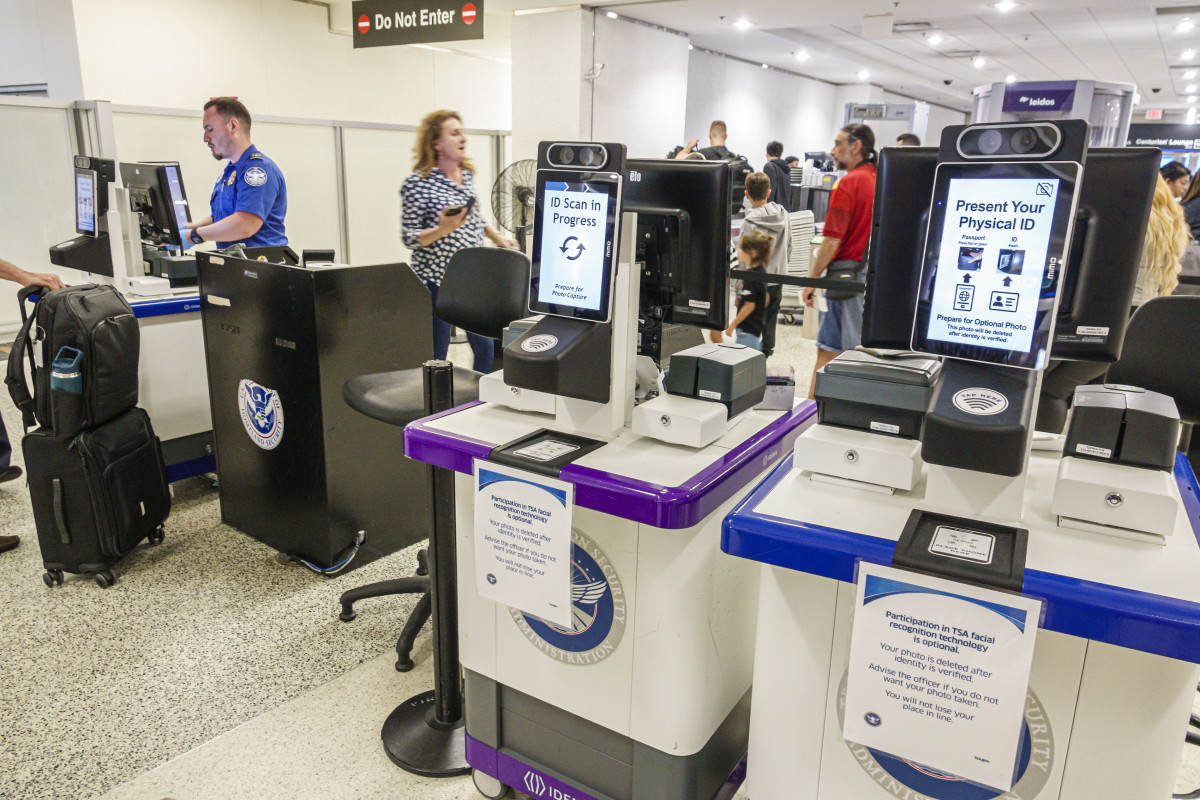The Transportation Security Administration (TSA) has teamed up with screening company Clear on a new security endeavor to be tested at three major U.S. airports.
Beginning today at Atlanta’s Hartsfield-Jackson, Clear and TSA will be testing out new biometric eGates, designed to make the security process quicker and more streamlined. The initiative will debut at Ronald Reagan Washington National Airport in D.C. next week and at Seattle-Tacoma International Airport during the week of Aug. 31.
“This is frictionless travel. This is more secure,” CLEAR CEO Caryn Seidman-Becker told Axios. “This is making airports great again, ahead of the World Cup.”
The eGates will eventually be rolled out nationwide and could provide much-needed relief ahead of the anticipated tourism rush for America’s 250th birthday and the 2026 World Cup.
“Our expectation is to roll this out nationwide and so that by the time the World Cup comes around next summer our airports are competing and leading with the airports around the world,” Seidman-Becker said.

How it works
For now, Clear+ members will be able to utilize the new eGates, which use biometric tools to verify a traveler’s identity and screening status in real time.
By doing so, the gates remove the need for passengers to visit a TSA podium. Instead, they can go straight from the eGates to a physical screening area.
“Eventually, these futuristic-looking gates will be able to scan passengers fully via biometrics, further automating the screening process,” says The Points Guy. “For now, they provide a shortcut to the luggage screening process in most cases.”
Clear is funding the rollout at no cost to taxpayers, while TSA maintains full operational control over the gates.
Is it secure?
An obvious cause for concern is the security of one’s biometric data and identity after using one of the machines.
However, Clear says it only transmits limited data, such as a customer’s live photo, boarding pass and the ID photo used for enrollment.
TSA has also become increasingly more comfortable using different identification software, including its new TSA PreCheck Touchless ID, which uses facial recognition to eliminate the need for using a photo ID.
